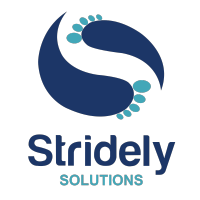MDG for Customers – All that you need to know
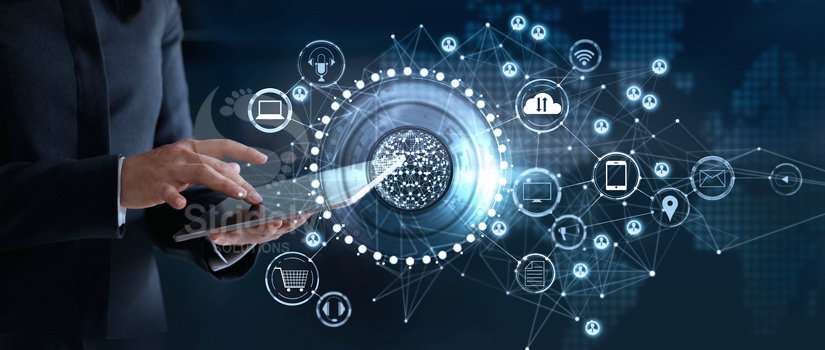
The Master Data Governance (MDG-C) of SAP allows users to crosscheck master data of customers on a leading hub system and to imitate that data to a wide array of diverse client systems.
SAP Hybris Upgradation to 2005 – Why and How to do it?
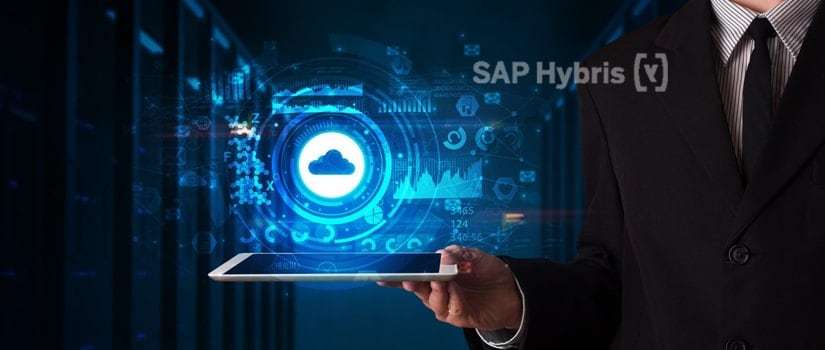
SAP Hybris commerce has been getting upgraded to keep itself up for the ongoing competition in the field. The changes that are considered include tackling the defects of the platform, updates on the security, enhancements, and modifications to its architecture.
Enabling SSO between Your On-Premise and Cloud Application – Should you do it, and how to do it?
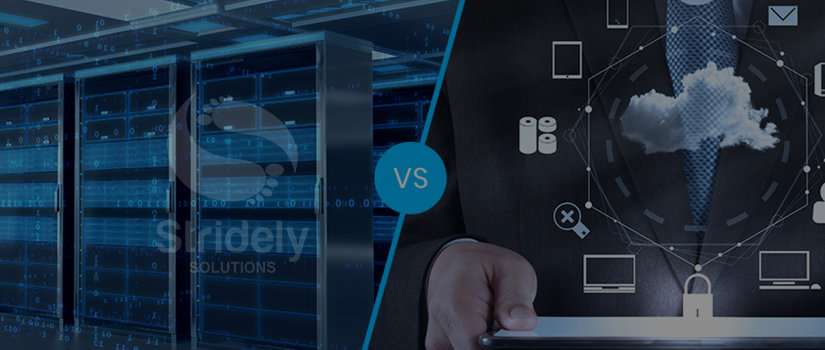
SSO refers to a Single Sign-On portal for the users, enabling them to use one as their user credentials to access all their apps on the web in the cloud and behind the firewall. This has proved to be a blessing for the users that saves time and ensures various other benefits. The companies have now got something that provides multiple benefits to them with a single login.
App Modernization for Enterprises – The Transition from Legacy Systems
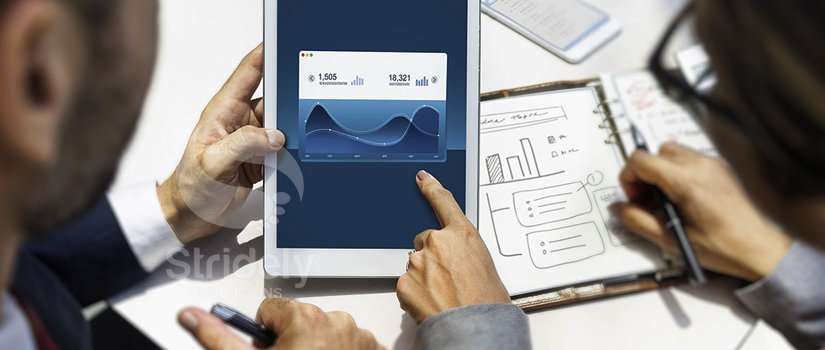
Wine gets better with time or age, not applications or software. We can’t emphasize much on the need of owing updated, latest, and feature–rich application to thrive. In the ever-changing world, it is not easy to prevail in all the hurdles with a system that is a decade old.
